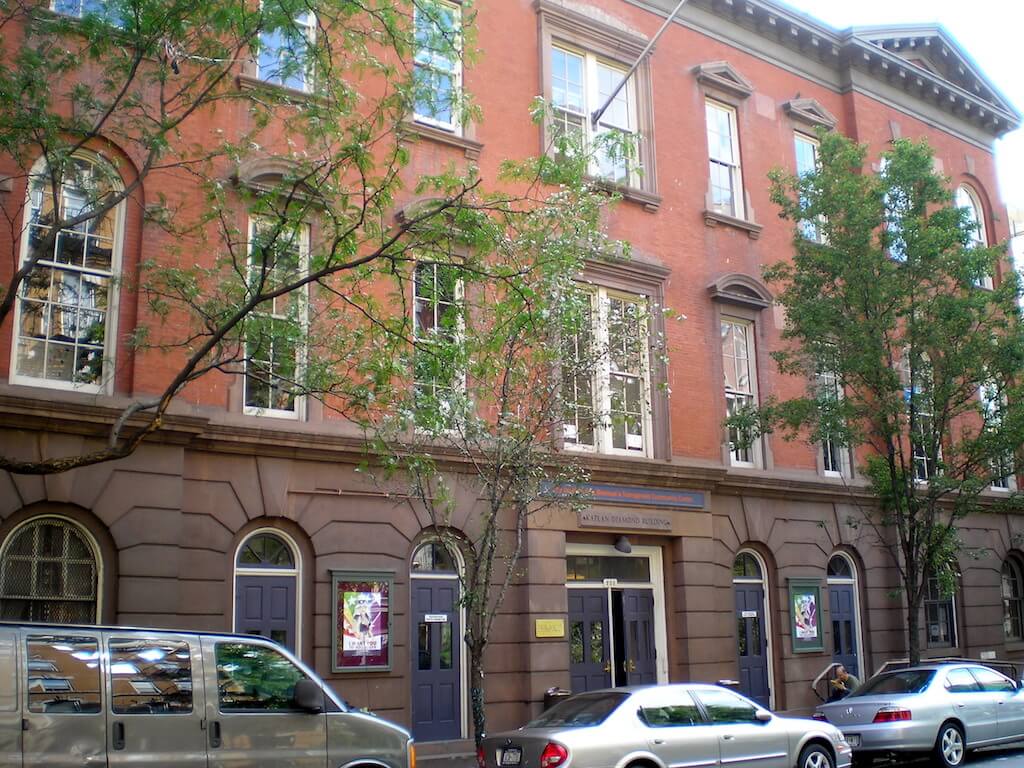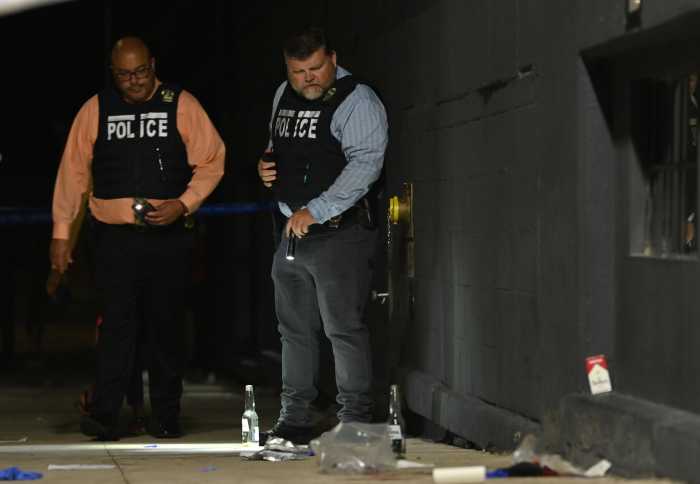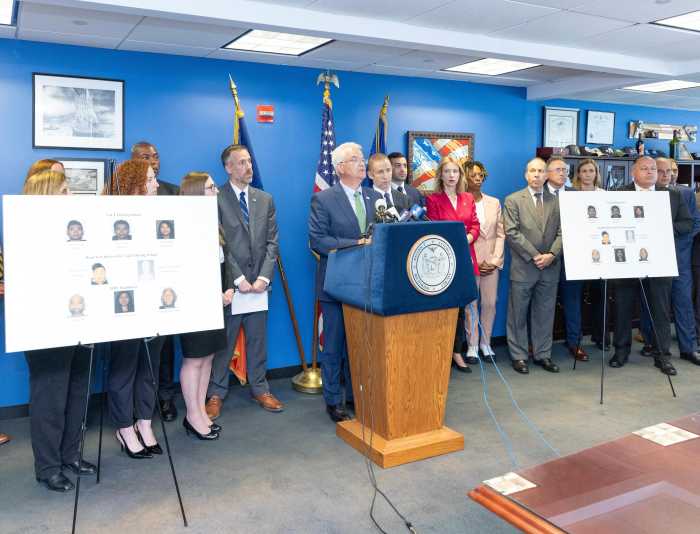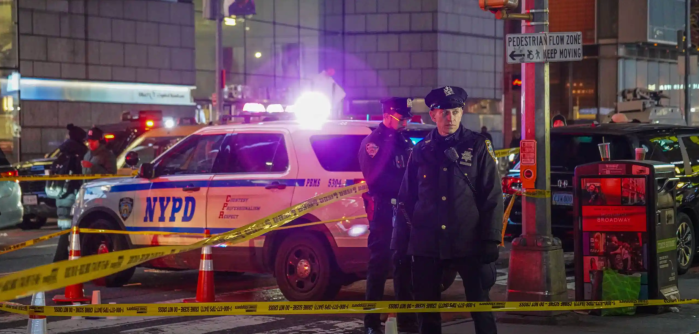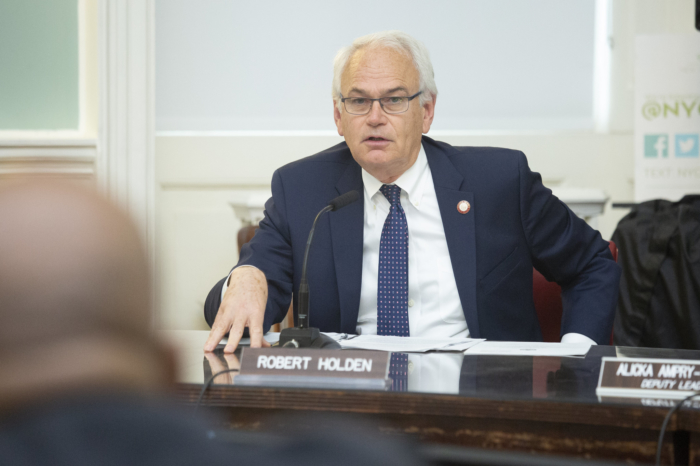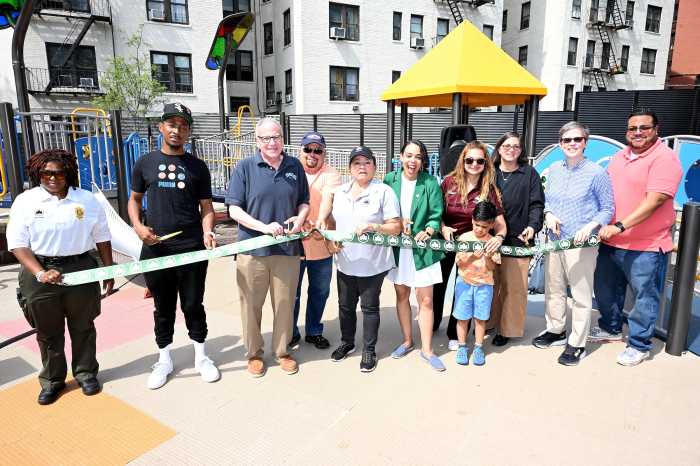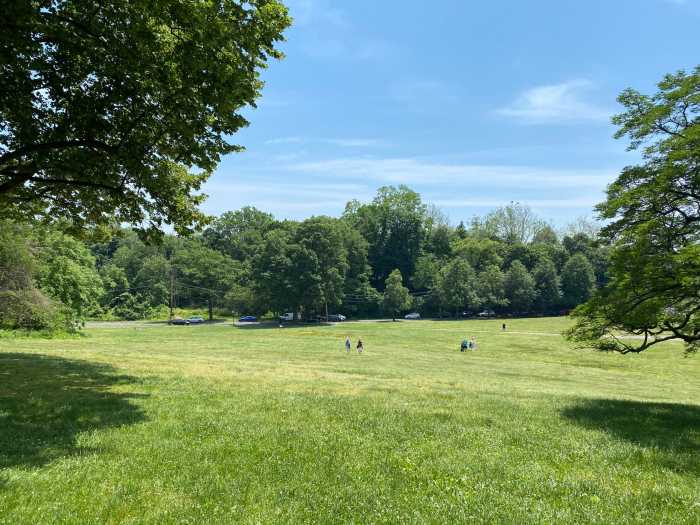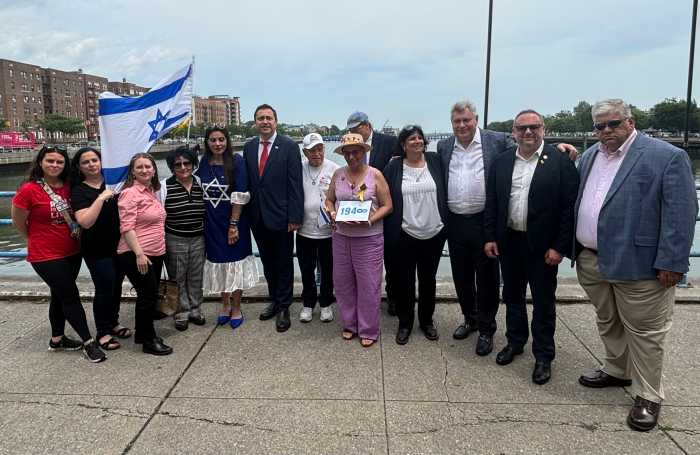BY ALEJANDRA O’CONNELL-DOMENECH | The city’s Landmarks Preservation Commission designated six L.G.B.T. historic sites as individual landmarks on Tues., June 18.
The sites include the Caffe Cino, at 31 Cornelia St., which served as a venue for new and unknown playwrights, most of whom were gay men, to share their work during a time when portraying homosexuality in theatrical productions was a criminal offense; the Gay Activists Alliance Firehouse, at 99 Wooster St., which has been referred to as New York City’s “first gay community center”; the Women’s Liberation Center, at 243 W. 20th St., an advocacy space for women in the L.G.B.T. civil-rights movement and lesbians within the feminist movement; the Lesbian, Gay, Bisexual & Transgender Community Center, at 208 W. 13th St.,; the James Baldwin Residence, at 137 W. 71st St.; and the Audre Lorde Residence, at 207 St. Paul’s Ave., Staten Island.
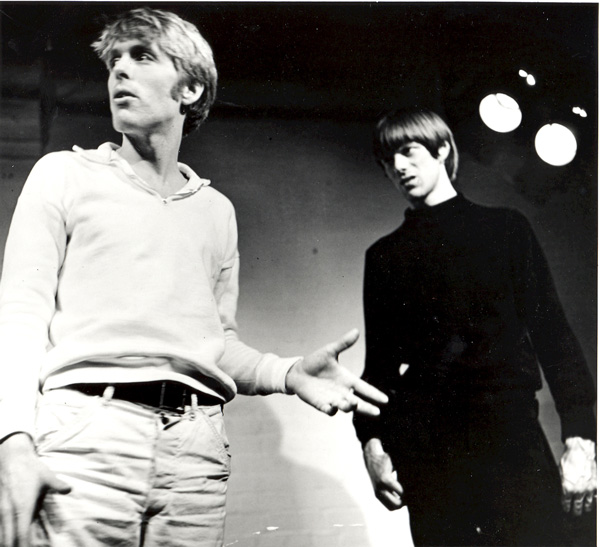
“We wanted to recognize sites that were building off of that recognition of the Stonewall Inn, that really were places of activism, of community support, that were involved with moving forward the civil-rights movement for L.G.B.T. people,” said Kate Lemos McHale, L.P.C. director of research, after the hearing.
In 2014, Village Preservation (formerly known as the Greenwich Village Society for Historic Preservation) proposed the L.G.B.T Community Center and the Gay Activists Alliance Firehouse for landmarking along with the Stonewall Inn, at 53 Christopher St., and Julius’ bar, at 159 W. 10th St. A year later, L.P.C. landmarked the Stonewall Inn — which, until this past Tuesday, remained New York City’s only official landmark representing L.G.B.T history.
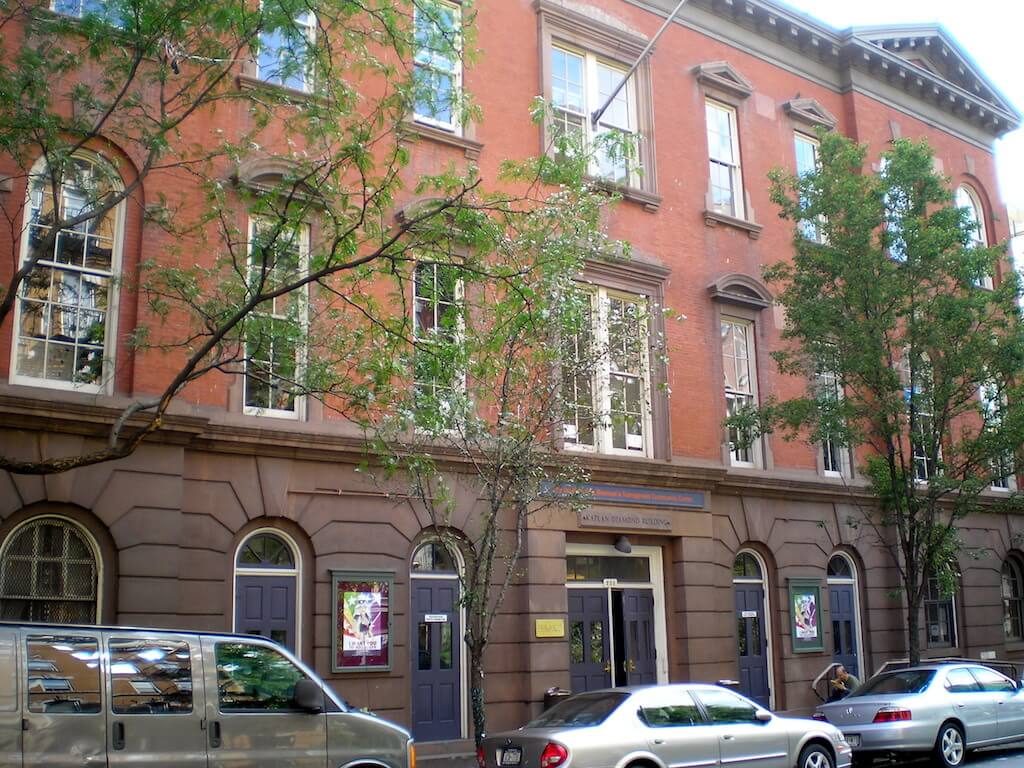
“We are deeply gratified that after a five-year campaign the Landmarks Preservation Commission has landmarked these incredibly important sites, which tell such a critical part of New York and our nation’s history over the last half-century,” said Andrew Berman, executive director of Village Preservation. The preservation group will continue to fight for the landmarking of more L.G.B.T historic sites, including Julius’ bar.
When asked about the status of Julius’, McHale cited issues of “historic fabric” — or materials from a historically significant period — as the reason why the building housing New York’s oldest gay bar has yet to be designated.
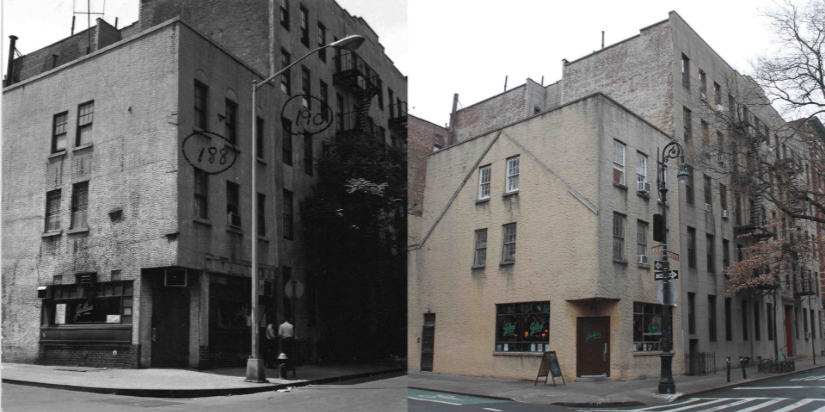
And yet the U.S. Department of Interior and the New York State Historic Preservation Office have placed the building on the State and National Registers of Historic Places.
“Julius’ needs more study, in terms of that, because of the integrity issues,” McHale said. “The whole building has been reconstructed.”
He added that the LPC is continuing to study the building.
Indeed, the 192-year-old building was completely renovated in 1982. However, the structure was largely reconstructed in exactly the same style as it was before the bar temporarily closed its doors. According to Berman, since the building is in the Greenwich Village Historic District, its renovations, in fact, were completed under the approval and guidance of L.P.C.
“It would seem incredibly ironic for that to then disqualify it for landmark status,” Berman said.



